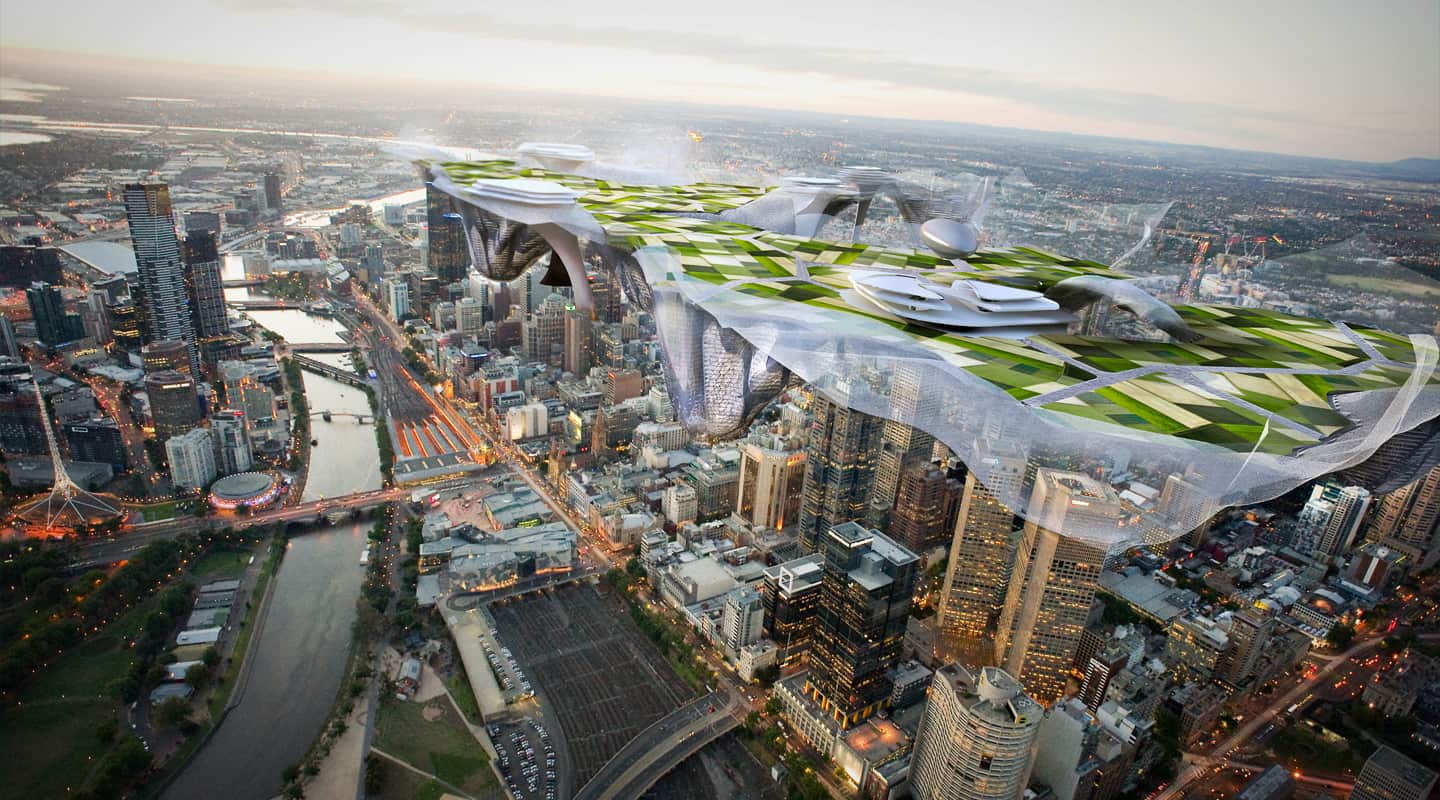
Now and When
An innovative 3D projection installation wows them at the Venice Architecture Biennale.
Text:\ Graeme Hague
The Mecca for architects, the place where the best of the best get to show their sharpest ideas, is the International Architecture Exhibition [IAE] Biennale held in Venice. It’s a prestigious event that warrants sometimes years of preparation by the participants. Standing head-and-shoulders above the other exhibitors is always tough, and in 2010 there were over 170,000 people through the gates expecting to be impressed.
The Australian Government actually owns a permanent pavilion in the Giardini (managed by the Australia Council), and in the alternate years to the IAE it hosts our artistic offerings for the Venice Art Biennale, another world-class event. But last year it was the architect’s turn, and on display was the NOW and WHEN Australian Urbanism exhibition. The exhibition was an initiative of the Australian Institute of Architects, while the implementation of the display was overseen by the pavilion’s two appointed creative directors for the occasion, John Gollings of Gollings Photography and Ivan Rijavec of Rijavec Architects. Two separate theatres would offer 3D images of contemporary and futuristic architecture. The ‘Now’ content of the project was a comparatively straightforward idea of presenting three-dimensional images of three Australian cities today, Melbourne, Sydney and Surfers Paradise, plus some stunning pictures of the vast open-cut mining pits at Kalgoorlie and Mount Newman. The ‘When’ side of things came from the results of a nation-wide competition run by the Institute. Architects around the country were invited to visualise Australia’s urban landscape in 2050 or beyond and a winning 17 entries were selected. All of them were included in a catalogue produced for the exhibition, 16 of which were used in the final projections.
CAPTURING NOW
John Gollings is a highly respected artist and considered by many to be Australia’s premiere architectural photographer. He used aerial photography and a relatively new technique to capture the stereo images of the cities and mine sites. Traditionally, stereo photography uses a process of having two cameras with lenses 65mm apart (the average human interocular distance) and taking a set of pictures at exactly the same time. Golling’s method employs an intervalometer – a refined time-lapse shutter controller – that allowed capturing the images from a single moving camera. The procedure requires some careful maths to get the desired results and in this case, he was operating the equipment in a helicopter travelling at 30km/h and 600m above the ground, taking images at points precisely 20m apart.
No Biggles-like aerobatics were required for the futuristic images. Melbourne-based company FloodSlicer specialises in producing 3D animation and, as a kind of aside to this rapidly evolving market, converting (or preparing from scratch) documents of any type into 3D images suitable for projection. Making pretty pictures even prettier is an obvious application, but FloodSlicer’s most frequent brief is helping clients visualise their concepts better by creating and rendering 3D presentations from two-dimensional diagrams, drawings and CAD files. The name, by the way, comes from combining the names of the company’s two directors Daniel Flood and Samantha Slicer. When it came to the Now and When submissions, the volume of entries was unexpected – 129 were received – as was the diversity of formats that were submitted; ranging from scribbled cartoons on the back of a soggy drink coaster to fully-produced and complete 3D presentations in their own right (okay, I’m kidding about the drink coaster thing, but you have the idea). Initial modelling after acceptance was performed in Autodesk 3DS Max software. Incidentally, a hell of a lot more work over and above what had been envisaged and budgeted for was done by Ivan Rijavec, the FloodSlicer team and John Gollings’ staff for the good of the industry and to help put our best foot forward in Venice – and thus in front of the world. So if you get a chance to buy them a beer…
(above) Multiplicity by John Wardle Architects and Stefano Boscutti. Image: FloodSlicer


OUT OF OUR DEPTH
With so much time and creative effort put into the exhibition, Gollings and Rijavec weren’t about to welcome their prospective audience into the theatres with a pair of throwaway cardboard 3D glasses each and a bag of popcorn. Still, an active system where the spectacles are hardwired into a synchronising signal of some sort was going to be far too impractical given the numbers of people who would be attending. After careful consideration they chose the Infitec anaglyph image separation platform, (also licensed as Dolby 3D) developed by the German-based company of the same name and distributed by Jumbo Vision in Australia. Infitec is still a passive 3D distribution solution – the audience members wear an unfettered pair of 3D glasses. However, the Infitec glasses are more robust then their cardboard counterparts and designed to be cleaned, then re-used (“up to 100 times” according to Infitec’s website – what happens after that is mysteriously unclear…). More importantly, Infitec doesn’t rely on polarisation to differentiate between the alternating images that 3D projection uses to create its effect. Instead, Infitec uses a sophisticated anaglyph technology based on colour correction and the rapid left-and-right eye division is achieved though a rotating filter placed in front of the projector. The results are a more consistent image, largely because you don’t have to keep your head still as you do with polarised lenses. Another advantage, is you don’t require a special screen surface – projection can be focused on any standard material or screen, the quality of which is entirely up to the designer.
Something that did concern Gollings and Rijavec was whether an Infitec system would last the distance for their exhibition. This isn’t to suggest the equipment was lacking in any way, but they sensibly recognised that three months of continuous operation – the duration of the exhibition – is a lot to ask of any gear of this type without some sort of potentially costly maintenance back-up plan in place. The solution was to build a dual video card computer that could output the alternating images for the left and right eyes to two linked Projectiondesign F32 WUXGA projectors with corresponding built-in Infitec filters. The projectors were precisely aligned to overlay each other on the screens. This replaced the spinning Infitec filter normally in front of a single projector – the filter rotator being seen as the most vulnerable component. In fact, Infitec is currently implementing new technology and products to do exactly the same thing. For the Now and When exhibition the FloodSlicer IT department deliberately went for a tried-and-true PC configuration that they knew would be reliable, blowing the cobwebs out of a Windows XP SP2 machine and installing a pair of Gainward GeForce 8800GT cards. The software used was Stereoscopic Player, a low-end application that proved rock-solid as well.
“”
Infitec doesn’t rely on polarisation to differentiate between the alternating images

QUADRAPHONIC COMEBACK
High quality audio wasn’t forsaken in the face of all this 3D visual trickery. Quite the contrary really. Two4k Audio Design owned by Nick Murray and Carl Anderson created a soundscape for each of the theatres. John Gollings asked for something visceral – a soundtrack that had an almost physical impact and couldn’t be ignored. Two4k took this literally by creating multi-track compositions that included, beneath quadraphonic melodies (pairs of front and rear speakers in each space), low-level sine waves at around 65Hz that that were subtly modulated by half a Hertz over an 11-minute loop. RCF subwoofers were employed to deliver this phase-modulated soundfield that could be literally felt as much as heard, sweeping around the rooms as the phase relationships evolved. In the Now section the melody base featured heavily processed guitar sounds with a slightly dark theme to suggest that our present living arrangements are largely unsustainable, whereas the When theatre audience heard something a little more optimistic. In both, it was a rich and spatial audio environment that was unmistakeably an integral component of the exhibition.
In Venice, visitors to the Australian pavilion entered the first auditorium to experience Now, a presentation of around five minutes, before moving down a passageway to the second theatre to witness the When display. When the exhibition is opened for two seasons in Australia, first in the Gold Coast Art Centre during April this year, then for almost 12 weeks starting July 2nd at Object – Centre for Craft and Design in Surry Hills, the setup will probably be reconfigured to suit a single space, but the content and visual impact of the display will be exactly as seen in Venice. However, audience numbers for each session will be restricted to the number of Infitec glasses remaining from the Venice showing, but after dealing with 93,000 visitors through the Australian pavilion you can be confident it will be a smooth operation.
While on the subject of those 90-odd thousand punters, this was a major project for the Australian Institute of Architects and with that level of attendance in Venice, it’s hats off to the Institute for backing a clear winner.
The Now and When Australian Urbanism Exhibition wasn’t just a showpiece of clever, crystal ball gazing by our architectural community using new AV technology. It may well have permanently changed how building industry clients and designers will soon always expect to preview their construction projects, large and small, in architect’s offices everywhere–projected or displayed in high resolution, three-dimensional detail before a single brick is laid.
MORE INFORMATION
Jumbo Vision International: www.jumbovision.com.au
Infitec: www.infitec.de
two4K Audio Design: two4k.com
Gollings Photography: www.gollings.com.au
FloodSlicer: www.floodslicer.com.au
Australian Institute of Architects: architecture.com.au

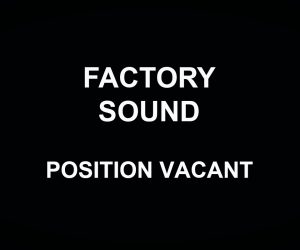
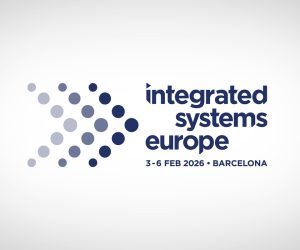
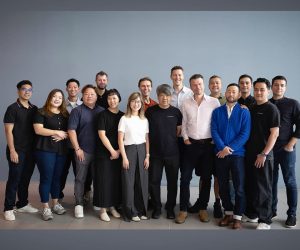

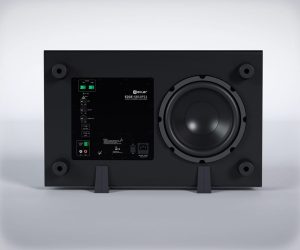




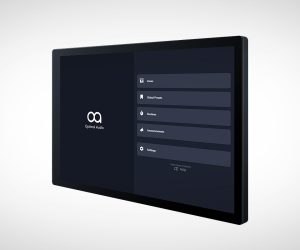

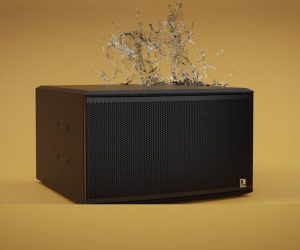


RESPONSES